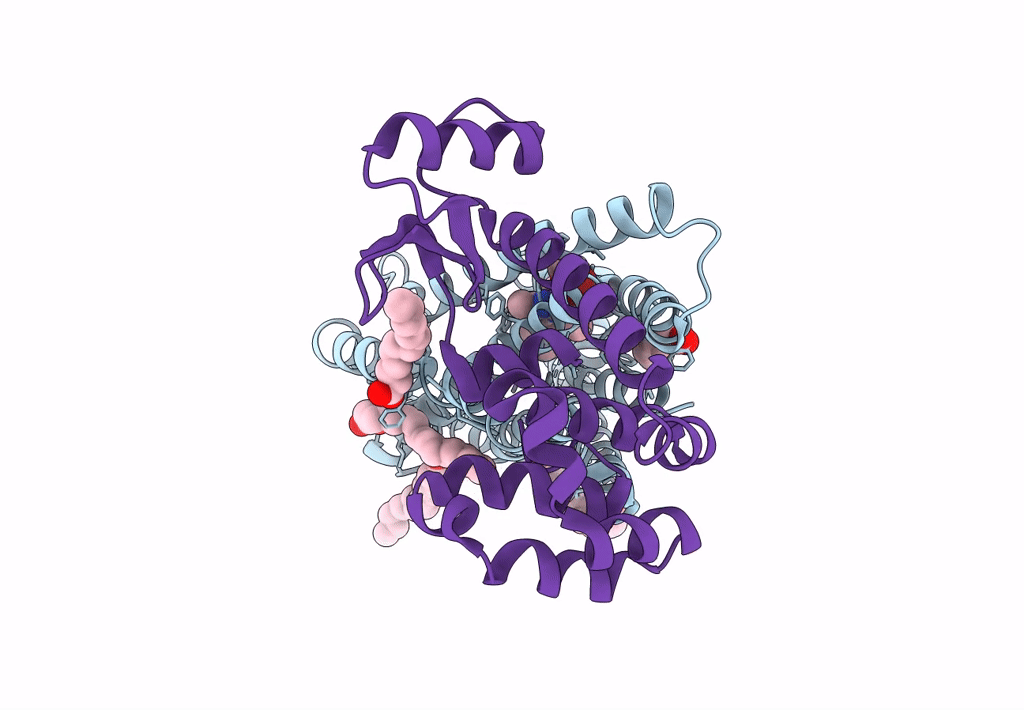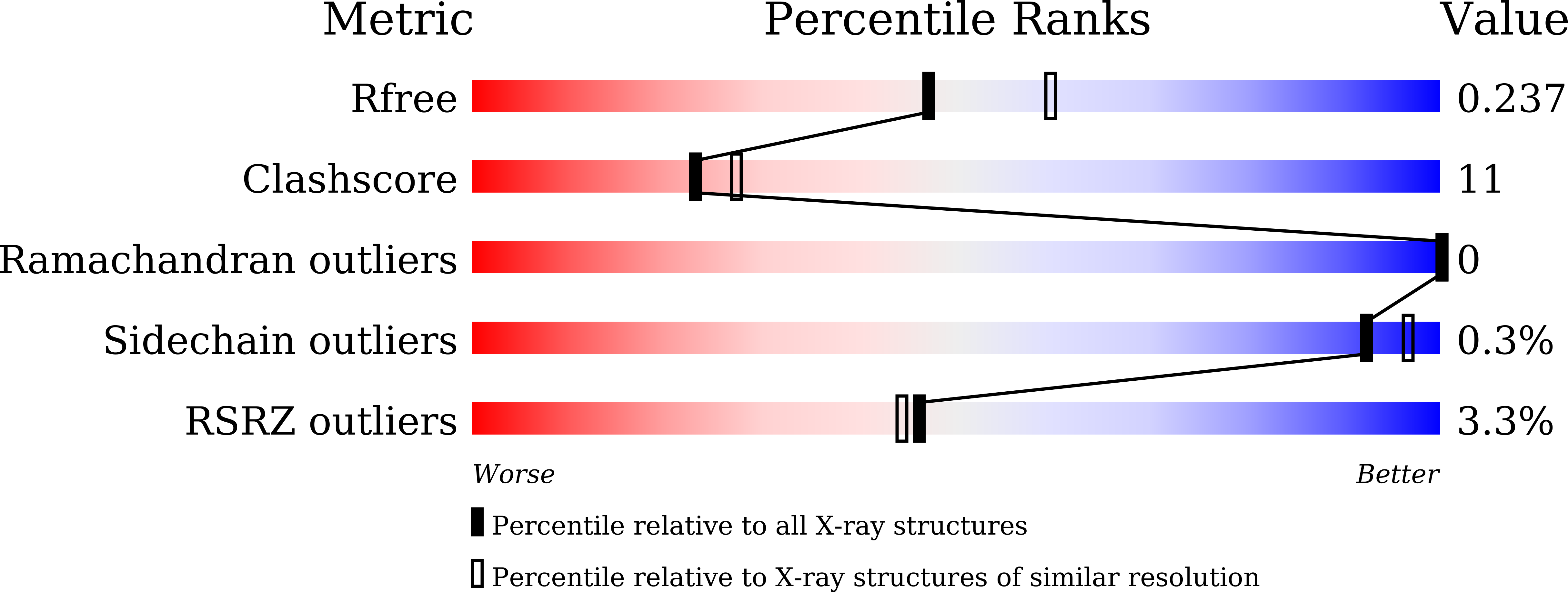
Deposition Date
2022-09-08
Release Date
2023-09-13
Last Version Date
2024-11-20
Entry Detail
PDB ID:
8GTI
Keywords:
Title:
Corticotropin-releasing hormone receptor 1(CRF1R) bound with BMK-C205 by XFEL
Biological Source:
Source Organism:
Homo sapiens (Taxon ID: 9606)
Enterobacteria phage T6 (Taxon ID: 10666)
Enterobacteria phage T6 (Taxon ID: 10666)
Host Organism:
Method Details:
Experimental Method:
Resolution:
2.20 Å
R-Value Free:
0.23
R-Value Work:
0.20
R-Value Observed:
0.20
Space Group:
C 1 2 1


